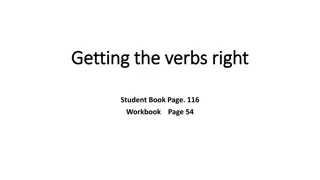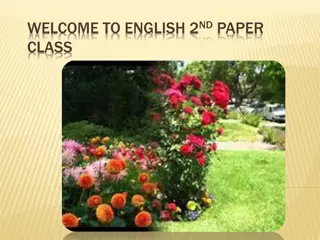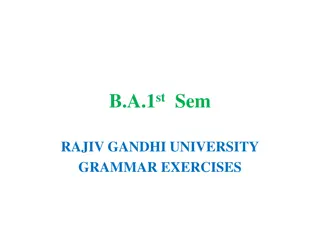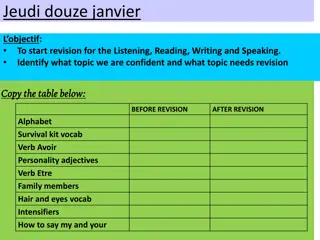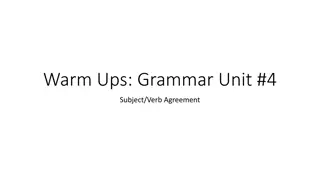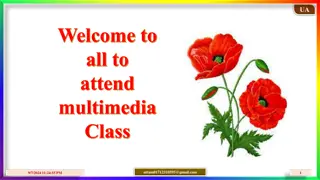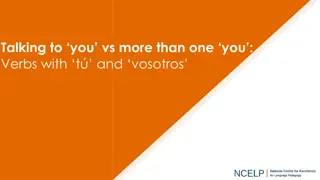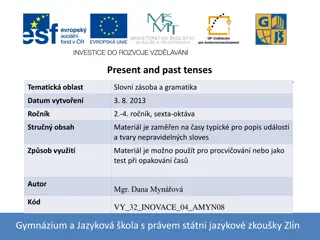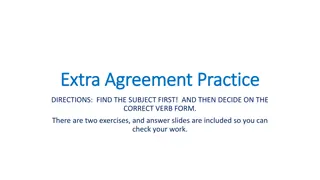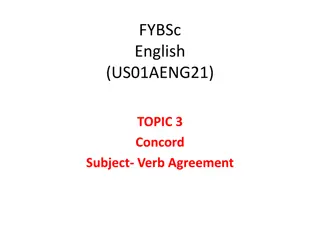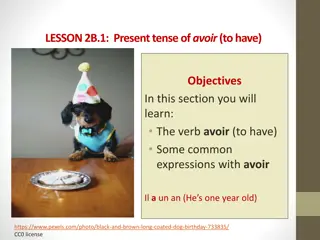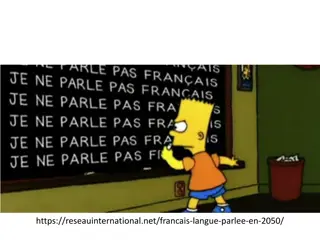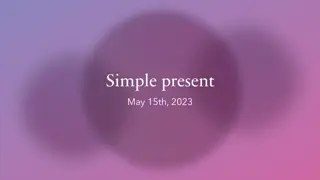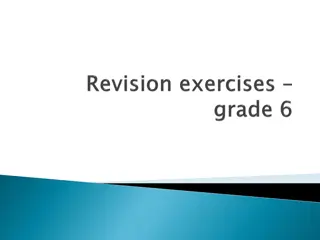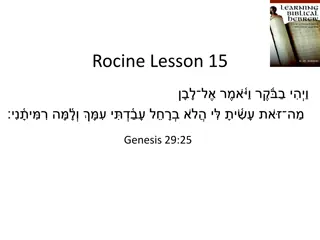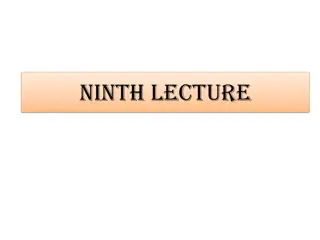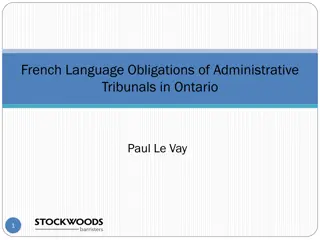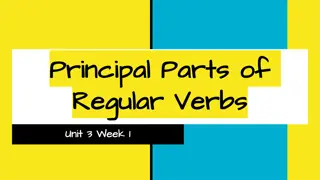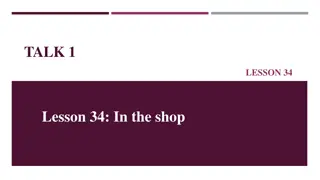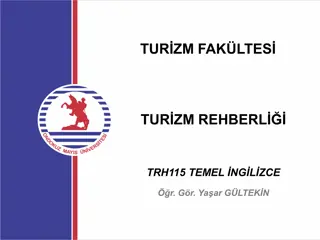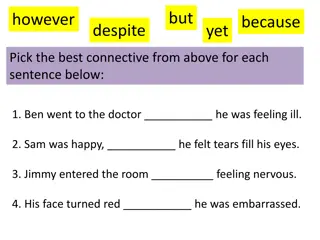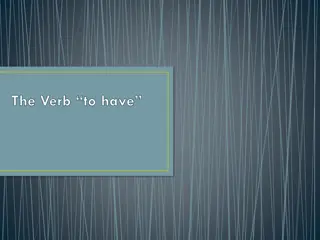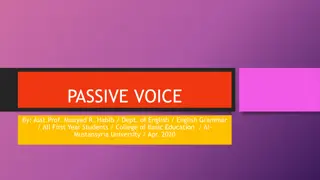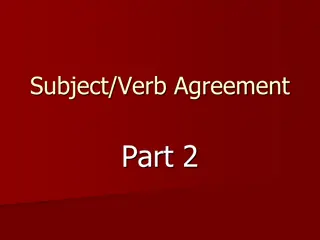Mastering French Verb "Être" - Lesson Overview and Practice Exercises
This lesson focuses on the irregular verb "être" (to be) in French. You will learn about subject pronouns, conjugation of the verb, and how to use "c'est" and "il/elle est". Practice exercises are provided to reinforce your understanding. By the end, you'll be confident in using this essential verb in various contexts.
Download Presentation

Please find below an Image/Link to download the presentation.
The content on the website is provided AS IS for your information and personal use only. It may not be sold, licensed, or shared on other websites without obtaining consent from the author. Download presentation by click this link. If you encounter any issues during the download, it is possible that the publisher has removed the file from their server.
E N D
Presentation Transcript
The verb tre (to be) Upon completing this lesson, students will learn: The subject pronouns The verb tre C est and il/elle est
OVERVIEW This chapter covers one of the most basic and important verbs in the French language: tre (to be). It is also an irregular verb; it does not follow the conjugation pattern of other verbs. To conjugate a verb you need to know the subject pronouns (I, You, he, etc) in French (Je, tu, vous, etc) textbook. Do you remember the difference between Vous and Tu? Review it. -Also: Marie= Elle/ Marie et Th r se=Elles Pierre= Il/ Pierre et Albert= Ils, but: Marie et Pierre=Ils/ Marie, Th r se et Albert= Ils Whenever you include yourself=Nous (we) Pierre et moi (=I after prepositions) =Nous
The conjugation Click on this link to hear the pronunciation of the pronouns and their corresponding verb conjugation: Je suis (I am) nous sommes (we are) tu es (you are, informal) vous tes (you are, formal, and also plural) Il est (he is) Ils sont (they are, masculine) elle est (she is) elles sont (they are, feminine on est (one is)
Cest/ cesont C est/ ce sont= It s /they are Ex. C est Marie/ C est Charles (no article with names), (It s Marie) (It s Charles) but C est un livre, Ce sont des livres Il est/ elle est (he is, she is). As in English, pronouns are used to avoid repetition: C est Jacqueline. Elle est tudiante (It s Jacqueline. She is a student)* *Usually, no article is needed when using a pronoun with a profession: Je suis professeur, however: Je suis le professeur de la classe d histoire
More practice Inlcude the correct conjugation of verb tre. Bienvenue Aix-en-Provence!. David has just arrived in Aix-en- Provence.Complete his paragraph with the correct form of tre. Bonjour! Je m appelle David. Je (1)______________ tudiant ici, Aix-en- Provence. Rachid, Sandrine, Amina, et St phane (2)______________ des amis. Sandrine, elle (3)_______ chanteuse. Rachid, Amina et moi, nous (4) ____________ tudiants l universit . St phane (5) ________ l ve (student) au lyc e. Et toi*, tu (6)___________ tudiant? *Tu (you, informal, after preposition). Answers: 1. suis 2. sont 3. est 4.sommes 5. est 6. es Roger Celis


